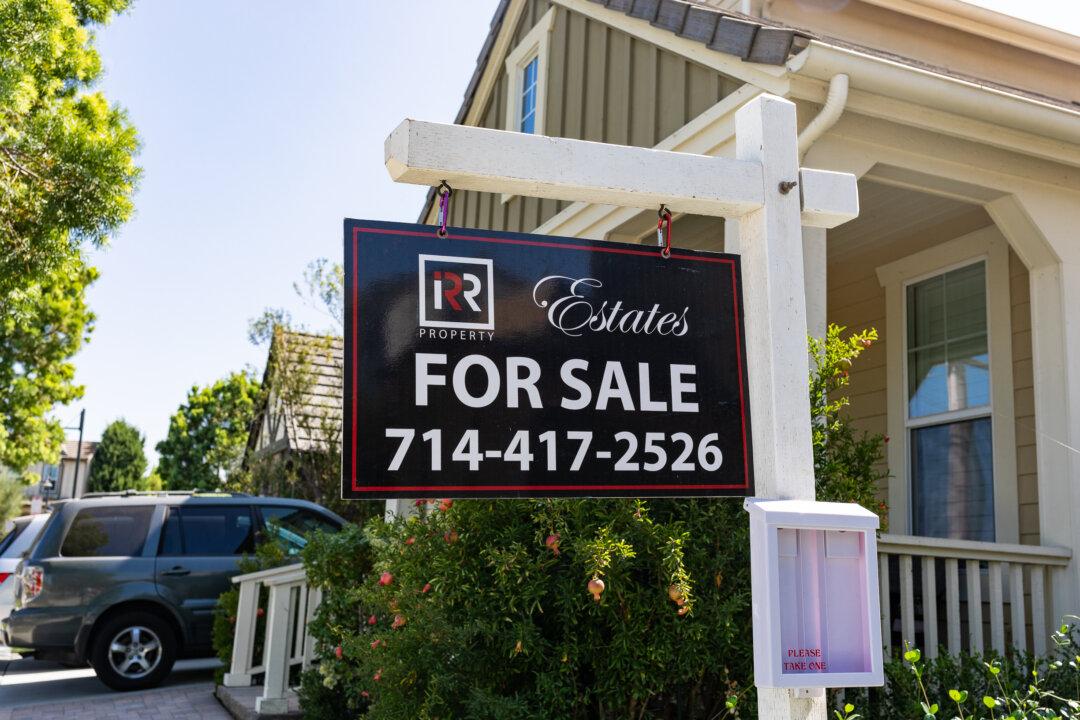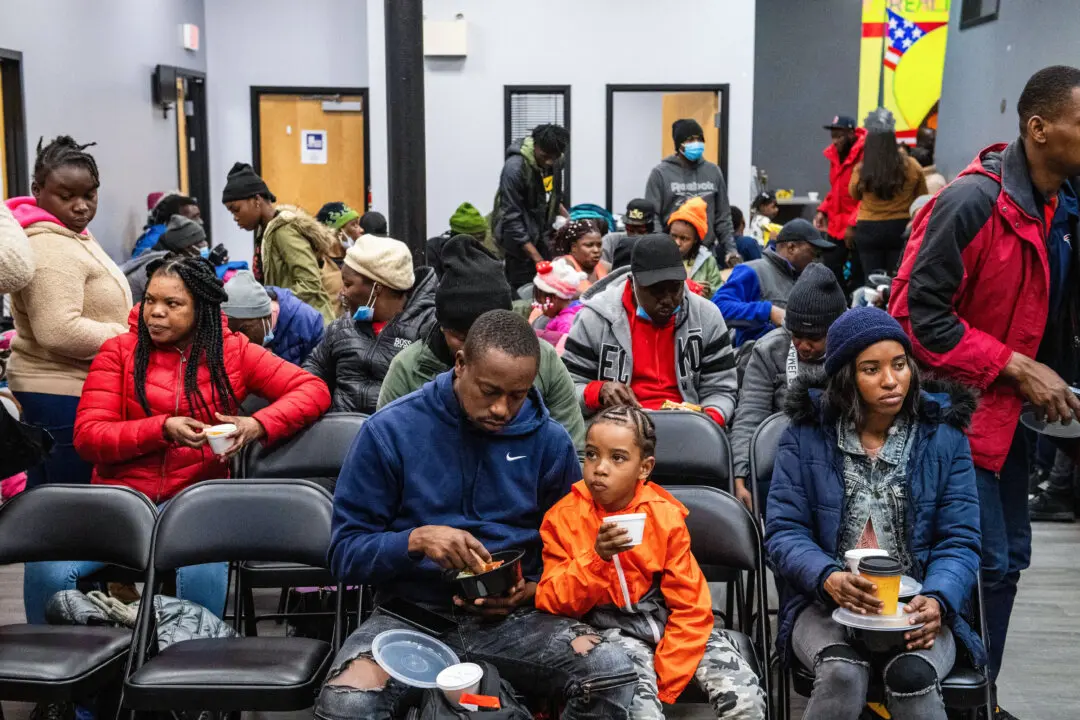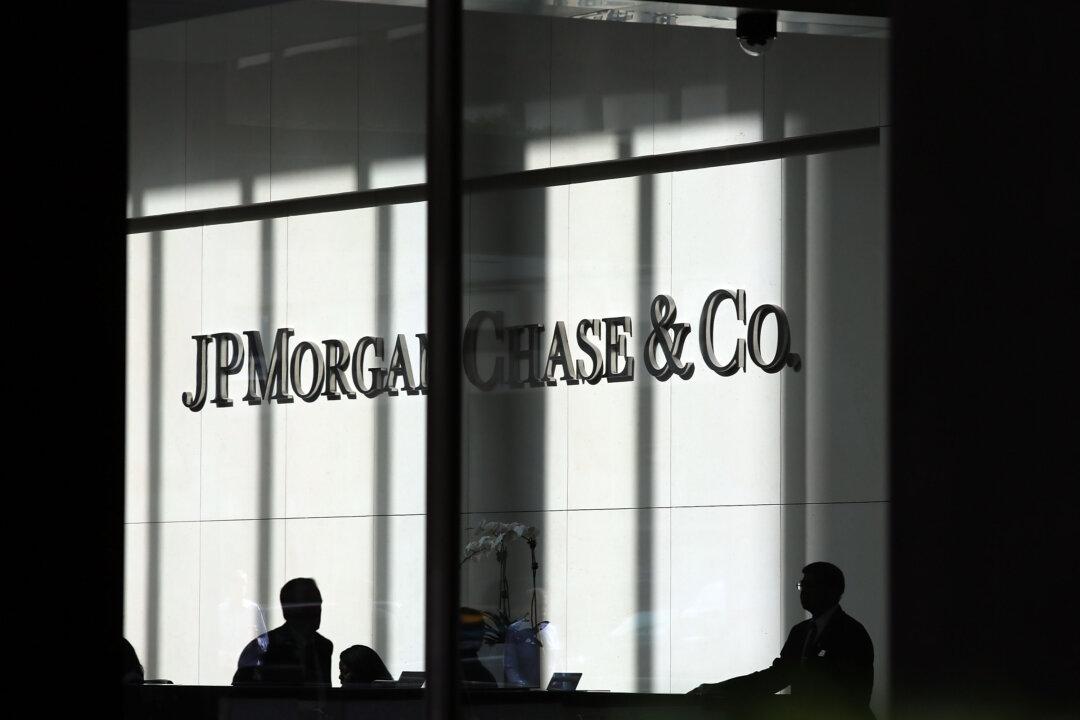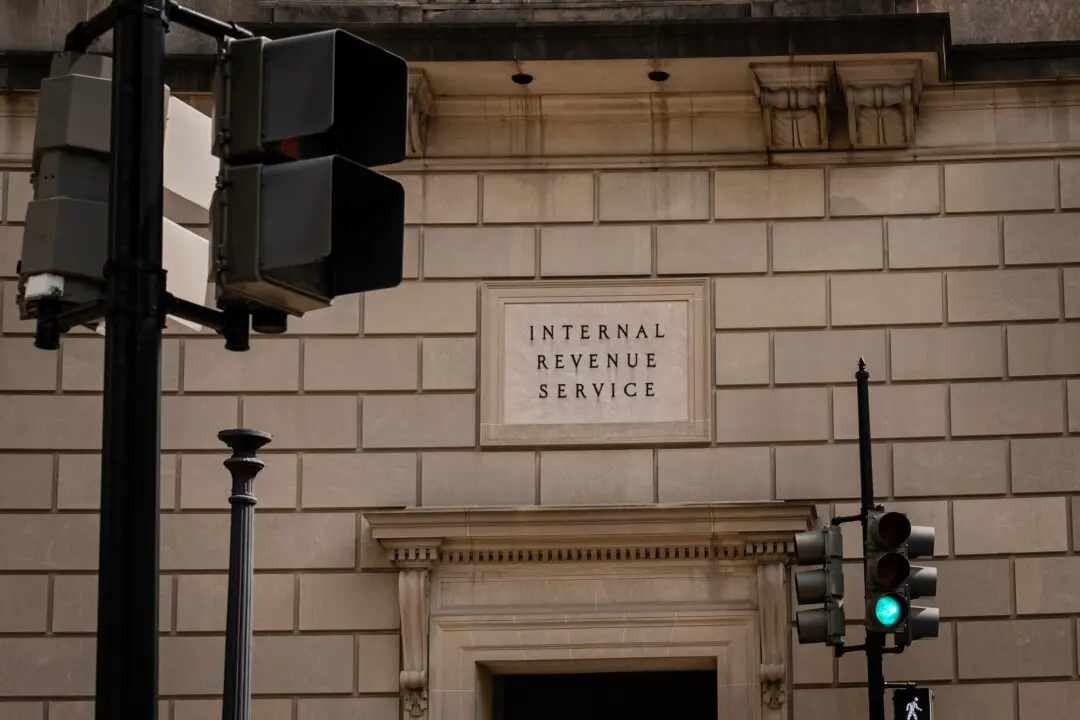Housing foreclosure filings in the United States increased in May while the number of completed foreclosures declined, according to real estate data curator ATTOM.
There were 32,621 foreclosure filings for properties in May, according to a June 11 press release from ATTOM. This is up 3 percent from a month earlier but down 7 percent from a year ago. One in every 4,320 housing units in the United States filed for foreclosure in May. New Jersey had the highest filing rate, at one in 1,939. This was followed by Illinois, Delaware, Connecticut, and Florida.





